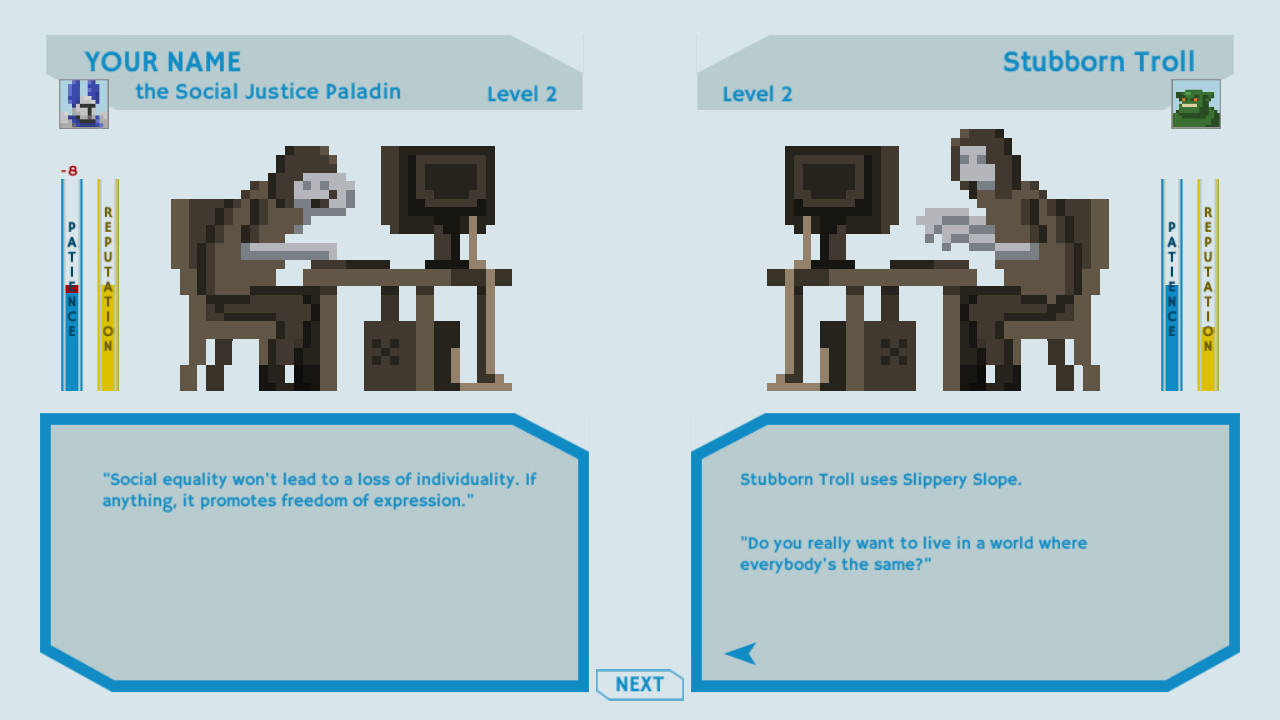PILLARS OF ETERNITY DIRECTOR WOULD RATHER HAVE THE CONSTRAINTS OF CROWDFUNDING – IGN UNFILTERED
For years, Obsidian Entertainment had long been one of the video game industry’s unluckiest studios. Between Sega canceling their role-playing game based on the Aliens franchise, Microsoft canceling the lofty “million-man raids” of Stormlands, or THQ folding shortly after acquiring the publishing rights for South Park: The Stick of Truth, publishers just weren’t looking like a good idea for the struggling team. Instead, Obsidian began to look towards the success of the Double Fine Adventure Kickstarter (which later became Broken Age), seeing it as a way for the team to make their pitch directly to fans of the studio’s work. In this month’s IGN Unfiltered,
Pillars of Eternity director Josh Sawyer elaborates on how the change in the landscape of game publishing has impacted the studio, and how he prefers both the freedoms and limitations of crowdfunding.
“This style of game, the isometric role-playing game, whether you’re controlling a single character or a party of characters – the fans never left that style of game. Publishers left that style of game,” Sawyer says.
In looking at Kickstarter and speaking with the Double Fine team about their experiences, Obsidian was looking to escape from the system that allowed wealthy publishers to maximize their own profits at the expense of studios who had little leverage. Being beholden to fans was simply a much more appealing option, even if it did come with a large level of uncertainty for Obsidian’s leadership.
“At the time, we were in a desperate situation,” Sawyer says. “We're pitching everything to publishers, who know that we just had a huge layoff. They know they can get their way with us. They just have us over a barrel. There was this great energy at the company for doing a crowdfunding project.”
According to Sawyer, Obsidian did pitch the idea of an original isometric RPG that evoked the nostalgia of Obsidian’s and Interplay’s previous works to various publishers, but none wanted to take on the responsibility. Publishers were looking for large-scale investments that aimed to be the next big franchise rather than a modestly scaled and priced game.
By the time the original Pillars of Eternity Kickstarter launched, Sawyer says he felt like they had a 50/50 chance of earning their original $1.1 million goal in their allotted month, even with Obsidian’s track record for great role-playing games.
“I don’t think anyone can ever take their fans’ love for granted,” Sawyer says. “You have to continually reward their trust to continue to earn it in the future.”
Within a little under a day-and-a-half, Obsidian had raised the $1.1 million goal, and by the end of the month would raise that number to
$3,986,929, becoming the most funded game Kickstarter for its time.
The biggest change in developing alongside backers instead of a publisher extends beyond the finances, Sawyer says. Instead of keeping a game under wraps for years at a time, keeping the publisher happy, and then working to coordinate a very singular PR campaign for the game shortly before release, crowdfunding allowed fans to directly comment on designs and mechanics that they liked or disliked.
“That as an experience is much healthier than designing things in secret because the publisher isn’t ready to talk about the game,” Sawyer says. “Then the game comes out and the players go, ‘Man, I don’t like any of this stuff.’ That’s not a fun way to make a game. That doesn’t really help anyone, it just helps the publisher focus a message for a mass market. I would rather have those constraints of the player base, which I said are in many ways more restrictive than trying to arc them through the publisher’s expectations and hope you land somewhere in an area players like.”
For more details on how the Pillars of Eternity Kickstarter came together, the future of the Pillars of Eternity franchise, and Obsidian’s canceled Aliens RPG, check out this month’s episode of IGN Unfiltered.








![Glory to Codexia! [2012] Codex 2012](/forums/smiles/campaign_tags/campaign_slushfund2012.png)



























